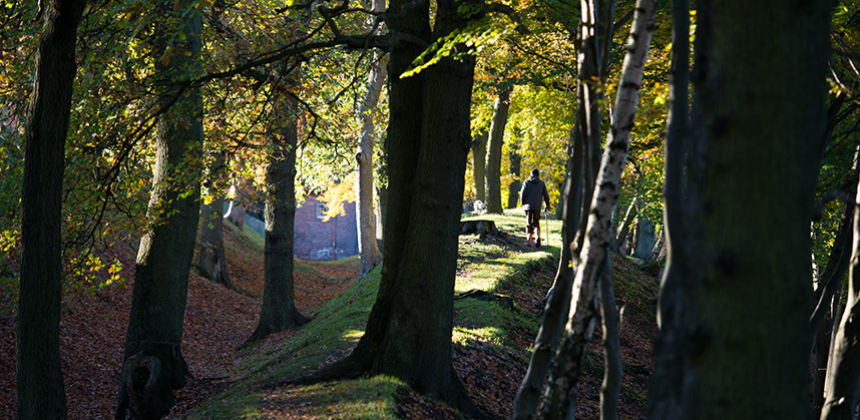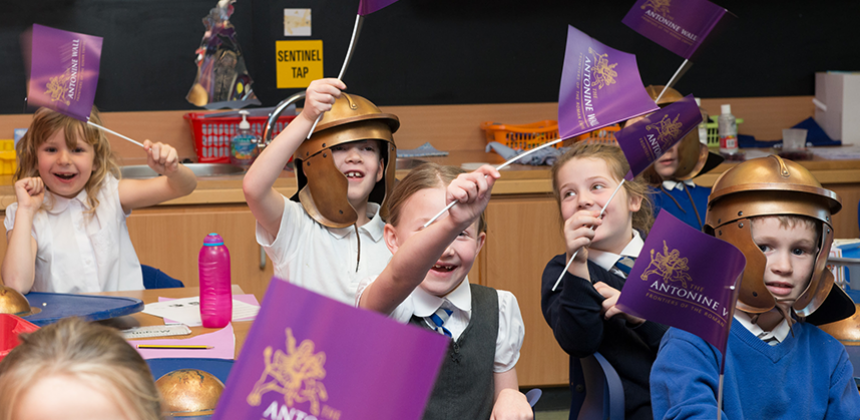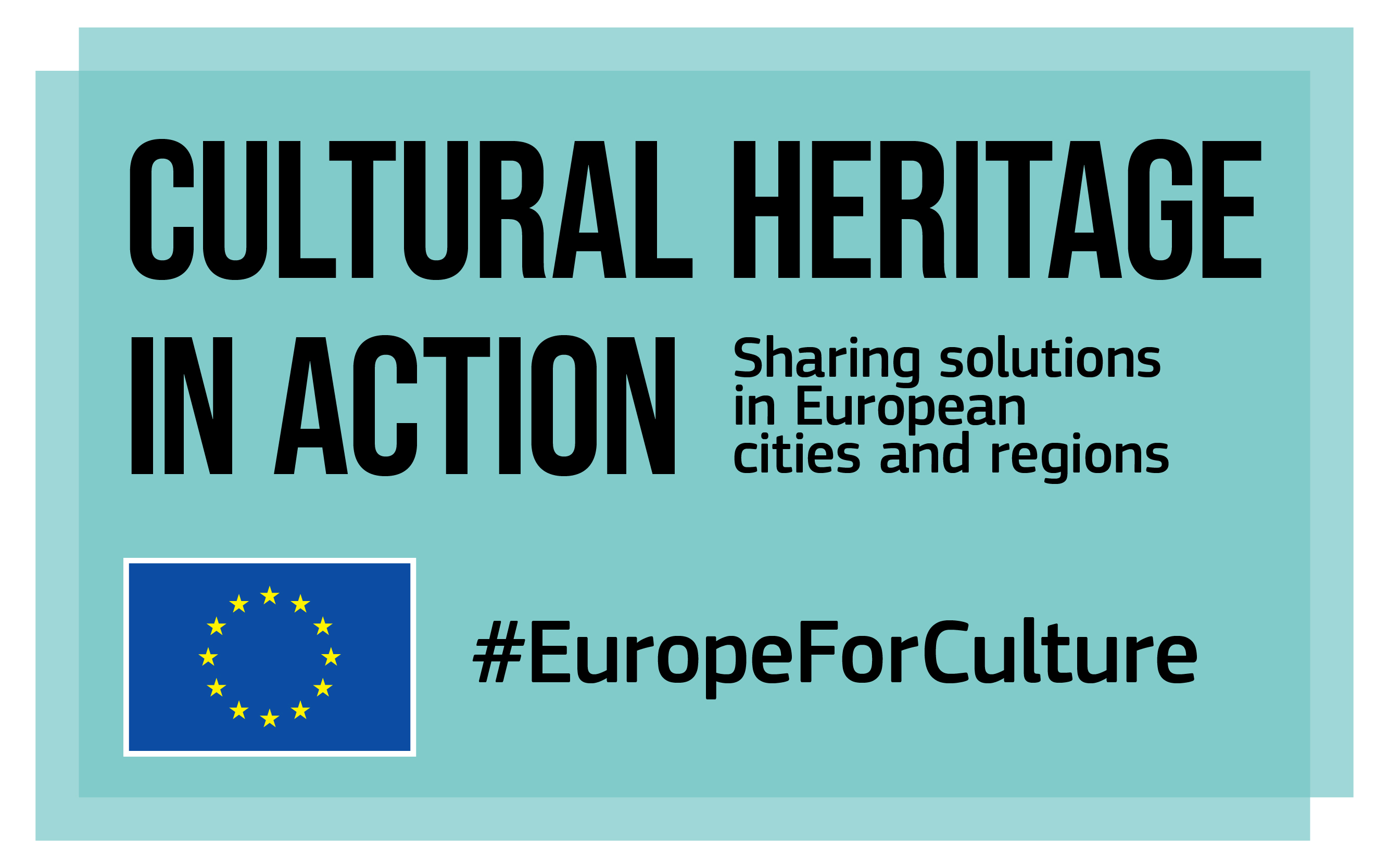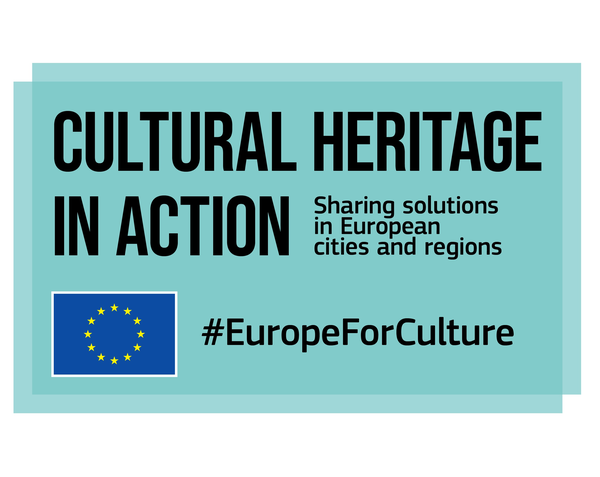 From Old Kilpatrick on the west coast to near Bo’ness in the east, the Antonine Wall was around 37 miles (60km) long - © antoninewall.org
From Old Kilpatrick on the west coast to near Bo’ness in the east, the Antonine Wall was around 37 miles (60km) long - © antoninewall.org Kids and Family Zone - © https://www.antoninewall.org/
Kids and Family Zone - © https://www.antoninewall.org/ Visiting the Wall - © https://www.antoninewall.org/
Visiting the Wall - © https://www.antoninewall.org/ Interactive Map of the wall - © https://www.antoninewall.org/
Interactive Map of the wall - © https://www.antoninewall.org/ Learning Centre - © https://www.antoninewall.org/
Learning Centre - © https://www.antoninewall.org/
City
Glasgow
Main actors
Local Government, Private Sector, NGO / Philanthropy, Public Utility
Project area
Neighborhood or district
Duration
Ongoing since 2015
World Heritage for community development
Rediscovering the Antonine Wall is a series of projects that allows local communities to explore the stories embedded in the wall to inspire creative and educational opportunities. The communities co-design projects, programmes and activities that reflect what the wall means to them and what they want to do with their local heritage assets.
This case study was contributed from the European-Funded ‘Cultural Heritage in Action’ project.
https://eurocities.eu/projects/#906

Roman Emperor Antoninus Pius ordered the construction of the Antonine Wall (Vallum Antonini) around 142. The wall was a turf fortification on stone foundations built by the Romans across what is now the Central Belt of Scotland. Representing the northernmost frontier barrier of the Roman Empire, it spanned approximately 63 kilometres and was 3 around 3 metres high and 5 meters wide.
The Antonine Wall is now part of the Frontiers of the Roman Empire transnational World Heritage Site. The 60 km site cuts across five council areas and runs through many disadvantaged communities, a number of which fall into the 20% most deprived in Scotland.
A partnership of key local authorities and government agencies are responsible for strategic and operational functions specifically for the Antonine Wall. The Partners are East Dunbartonshire Council (EDC), Falkirk Council (FC), Glasgow City Council (GCC), Historic Environment Scotland (HS), North Lanarkshire Council (NLC), and West Dunbartonshire Council (WDC).
The key objective behind the Rediscovering the Antonine Wall initiative is to use the wall as a catalyst for the social and economic development of the neighbouring communities.
The six partners managing the wall carried out an extensive public consultation in the communities along the wall. The consultation revealed a lack of awareness of the wall and its value.
The partners put in place a steering group and a project team to manage the project in close cooperation with community groups. The partners successfully applied for the necessary private, public and EU funding.
The partners and local communities have developed a series of projects, including educational and outreach programmes such as a Big Roman Camp for scout groups, a ‘21st Century Legion volunteering programme’, building five Roman- themed play facilities and 30 community projects related to the wall, ranging from Roman-themed gardens to work with refugees.
The project team runs the daily work and supports the community groups to deliver the projects they want to develop (ranging from €5,462 to €16,386), taking care of the financial management and contractual elements.
Stakeholders are involved depending on each project, including organisations like Scottish Canals, Forestry and Land Scotland and Nature Scotland.
Specialists within local and national authorities (arts staff, museum curators, archaeologists, environmental experts, etc.), as well as external contractors support the delivery of projects.
Volunteers contribute with research, content development and managing events.Schools, youth groups, university and college departments along the wall are involved in skill- development projects.
Projects are developed with museums and local heritage organisations.
The budget of €2.29 million was used for projects (€1.4 million), volunteer, community, outreach and education work (€454,446) and staff and administration (€427,135).
The funding sources are:
- 46% by the National Lottery Heritage Fund
- 25% by the five Local authorities and Historic Environment Scotland
- 22% by the EU LEADER & LEADER Cooperation Fund
- 7% by private investors and sponsors, notably Falkirk Environment Trust, WREN and Barnardos.
Further funding sources are being explored to continue and expand the project.
Over 30 community projects related to the wall have been initiated.
Public spaces that were decaying or out of use have been refurbished and re-appropriated by the Community.
By working on real-life projects, students and volunteers develop their skills.
New resources and content related to the wall have been developed, which can be accessed by a much wider range of visitors and communities.
The community is active in deciding how to use their local heritage assets.
Re-discovering the Antonine Wall highlights the wider benefits of cultural heritage: regeneration, spaces for healthier living and increased local pride, amongst others.
The Antonine Wall is a monument that can be difficult for non-specialists to understand.
The challenge was how to foster participation amongst a diverse audience, and those less likely to engage with cultural heritage.
Adaptive re-use of industrial heritage requires vision and care. It needs a strong leadership to be able to raise public and private interests. Involving the local university as well as committed and renowned architects broadens the vision and professionalises the stakeholder engagement.
The gradual increase of interest and support of the public sphere is necessary, as the need for investment, management and communication grow. A well-rounded team, comprised of people able to plan, think, write and manage large projects is crucial.
External links / documents
On Map
The Map will be displayed after accepting cookie policy

